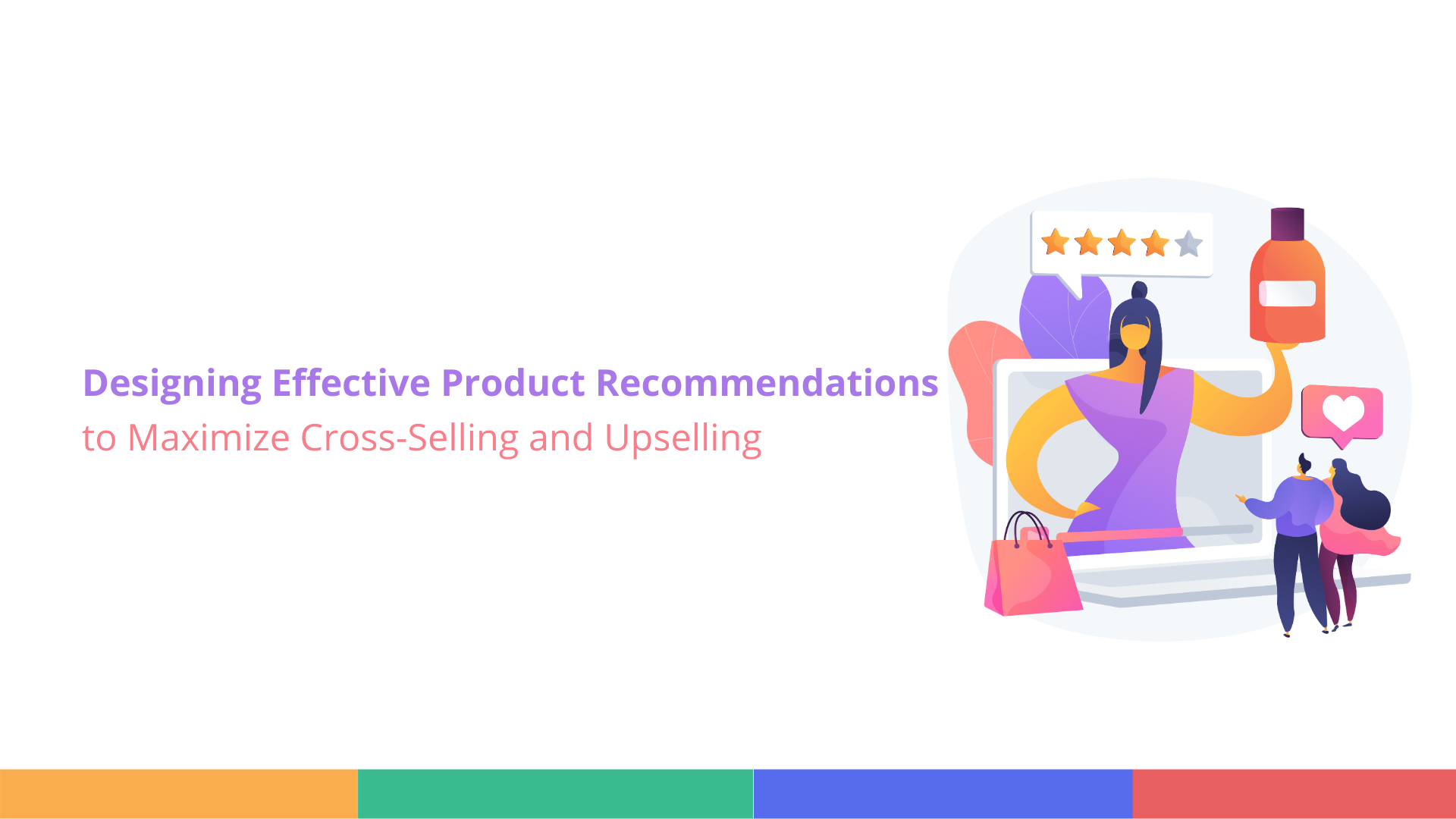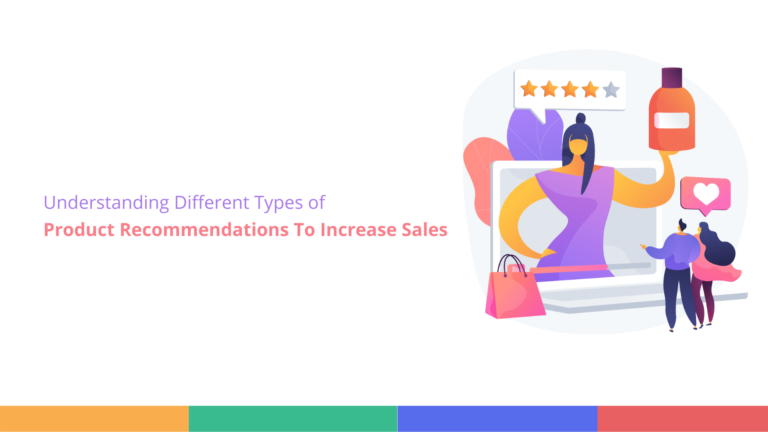We have previously published a blog on the ‘customer journey,’ which explores the benefits and provides a comprehensive guide on customer journey mapping. If you haven’t had the chance to read it yet, you can access it here: Understanding the Customer Journey.
We now want to dive deeper into the topic, using an example from the fashion industry.
As a small e-commerce apparel seller, you’re in a unique position to leverage product recommendations to increase your sales and enhance customer satisfaction. The fashion industry is particularly well-suited for cross-selling and upselling strategies, given the natural complementarity of clothing items and accessories.
Let’s Start: Maximizing Sales through Cross-Selling and Upselling in E-commerce
Let’s explore how you can design effective product recommendations to boost your business.
First, let’s consider the customer journey on your website.
When a shopper lands on a product page for a particular item, say a floral summer dress, this is your first opportunity to suggest complementary pieces.
You might recommend a light cardigan for cooler evenings, a pair of sandals that match the dress’s color scheme, or a statement necklace that would elevate the look. These cross-selling suggestions not only increase the potential for additional sales but also provide value to your customers by helping them put together a complete outfit.
Suppose you sell to a small boutique owner who specializes in bohemian-style clothing. She noticed that customers who bought flowy maxi dresses often returned to purchase wide-brimmed hats or layered necklaces separately. Adding a “Complete the Look” section to her product pages, showcasing these complementary items, she saw a 20% increase in her average order value within just two months.
Upselling can be a bit trickier in the apparel world, but it’s certainly possible. If a customer is viewing a basic cotton t-shirt, you could suggest a premium version made from organic cotton or a designer collaboration piece. The key is to highlight the added value of the more expensive item. Perhaps it’s more durable, has a better fit, or comes with unique design features.
Let’s consider a seller who runs an online store selling athletic wear. When customers add a pair of standard running shoes to their cart, the website suggests an upgraded version with better arch support and cushioning.
The shopping cart page is another crucial touchpoint for product recommendations. Here, you can suggest items that complement what’s already in the cart. If a customer is purchasing a suit, you might recommend a matching tie, cufflinks, or a dress shirt.
Make sure these suggestions feel helpful rather than pushy. Use language like “People often buy these together” or “Complete your look with these items” to create a sense of natural pairing.
Post-purchase recommendations can be incredibly effective in the apparel industry. After a customer buys a winter coat, for instance, you could send a follow-up email suggesting matching gloves, scarves, or winter boots. This not only encourages repeat business but also shows that you’re thinking about the customer’s overall wardrobe needs.
Personalization is key in making your recommendations feel relevant and valuable. Here, understand the power of personalization to enhance the shopping experience of your target group.
Use data from your customers’ browsing and purchase history to tailor suggestions.
If a customer frequently browses or buys plus-size items, ensure your recommendations reflect this preference. If they’ve shown interest in eco-friendly fashion, prioritize suggesting sustainable clothing options.
Suppose you run a small online boutique specializing in vintage-inspired clothing. She implemented a recommendation engine that analyzed customers’ past purchases and browsing behavior. For customers who frequently bought 1950s-style dresses, you can start recommending matching petticoats, retro hair accessories, and vintage-inspired shoes. This personalized approach led to a 25% increase in repeat customer purchases.
Seasonal recommendations can be particularly effective in the apparel industry. As the weather changes, suggest appropriate clothing items. If a customer is buying summer clothes in late August, you might recommend some transitional pieces for the upcoming fall season.
You can also consider creating bundles or outfits as part of your recommendation strategy. A “Work From Home Comfort Bundle” might include soft, stretchy pants, a few casual tops, and a cozy cardigan. By offering a slight discount on the bundle compared to buying each piece separately, you increase the perceived value for the customer while boosting your average order value.
Remember to regularly analyze the performance of your recommendations. Which items are frequently bought together? Which upsell offers are most successful? Use this data to continually refine your strategy.
As a small e-commerce apparel seller, your goal should be to create a personalized shopping experience that feels like a helpful personal stylist rather than a pushy salesperson. When done right, your product recommendations can not only increase your sales but also enhance customer satisfaction, leading to longer-term loyalty and repeat business.
In conclusion, focusing on relevance, timing, personalization, and continuous improvement, you can create a recommendation system that transforms your e-commerce store from a simple clothing shop into a go-to fashion destination.




